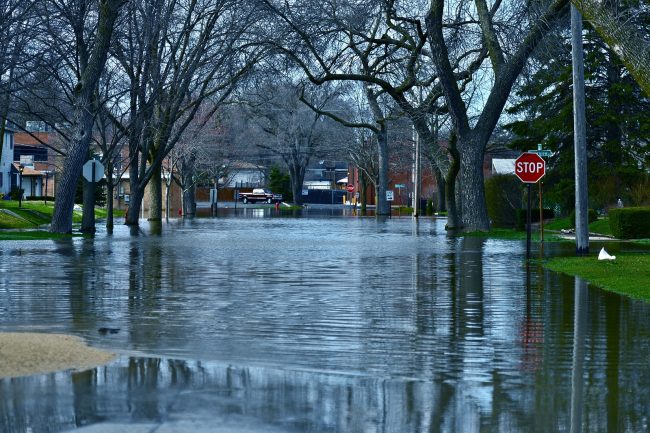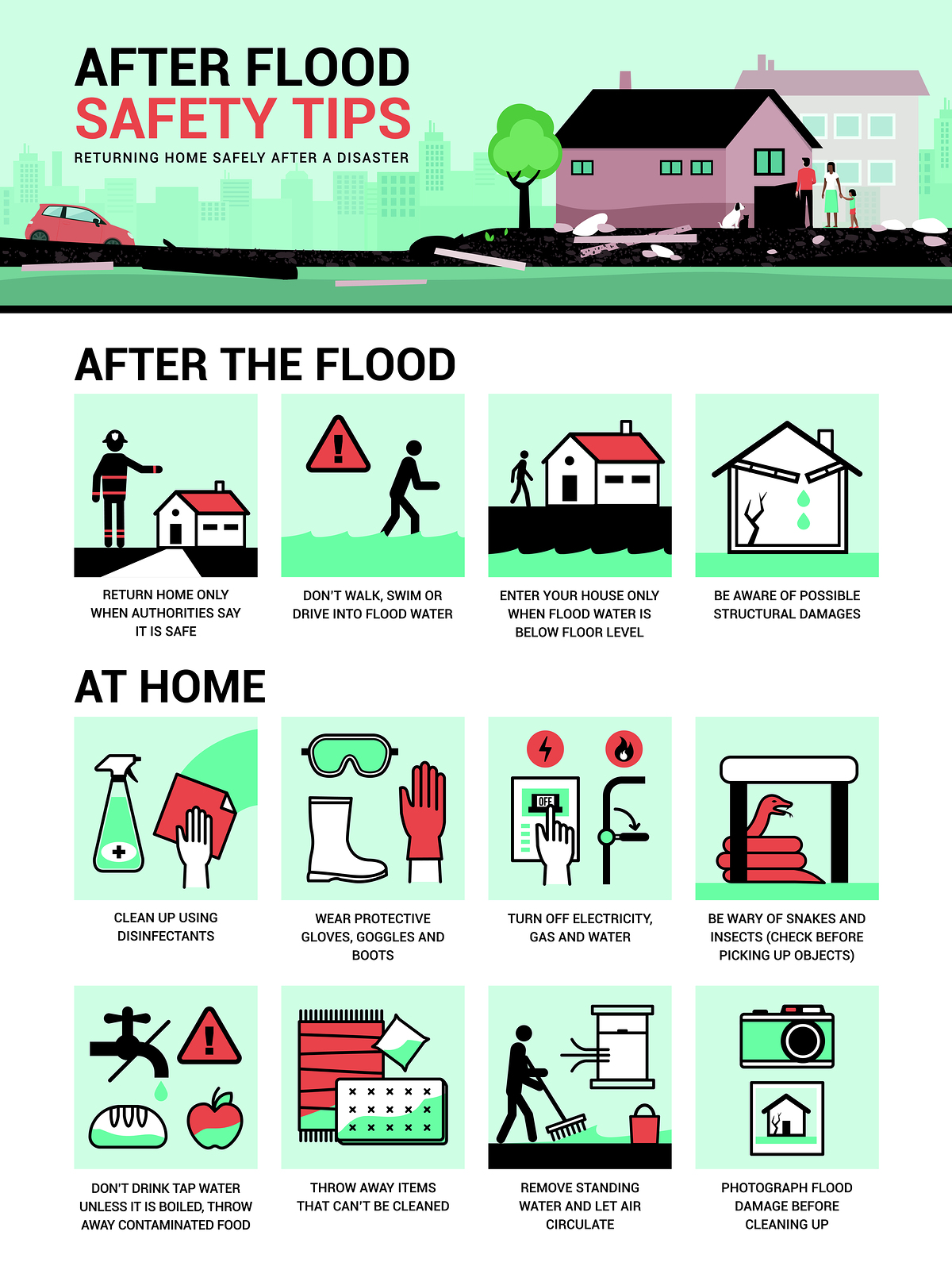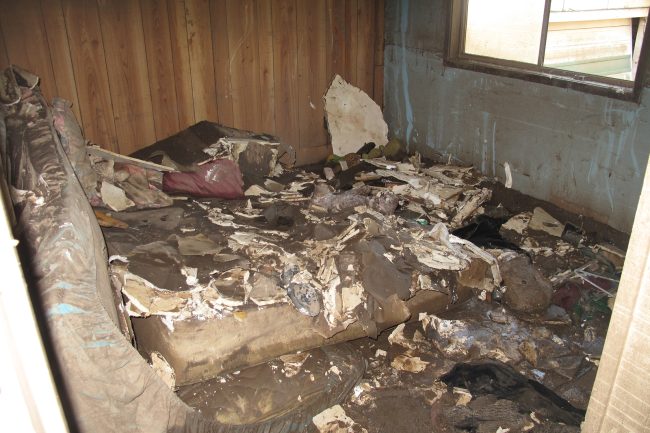Disaster Response – Flooding
Program Contacts
Terrell Booker
Preparedness Planner
216.201.2000 ext 1605
tbooker@ccbh.net
Takisha Fuller MPH, CHES
Deputy Director
216.201.2000 ext 1601
tfuller@ccbh.net
Floods are one of the most common hazards in the United States, however not all floods are alike. Some develop slowly, while others such as flash floods, can develop in just a few minutes. Additionally, floods can be local, impacting a neighborhood or community, or very large, affecting entire river basins and multiple states. Even if you feel you live in a community with a low risk of flooding, remember that anywhere it rains, it can flood. Just because you haven’t experienced a flood in the past doesn’t mean you won’t in the future.
Home Cleanup Recommendations
The following methods are recommended for clean up in homes where small areas (less than 10 sq.ft.) of water damage or mold growth have occurred due to flooding, plumbing leaks, roof leaks, or poor ventilation.
You must first eliminate or correct the water problems or leaks associated with any existing source of water damage or mold growth. In case of floods, it may be necessary to pump the basement dry and to clean out the remaining debris.
Personal Protection
During clean up activities only those doing the cleanup should be in the home.
Keep children, pets, elderly, and sensitive people out of the area.
- To limit your exposure to airborne particles a properly fit tested respirator (dust mask) of N95 or greater should be worn
- Wear goggles
- Rubber or vinyl gloves should also be worn
- Wear long sleeve shirts and long pants
- At no time should cuts or open sores be left exposed
- Do not smoke, eat, or drink in clean up area
- Open windows and place a window fan so that it exhausts out
General Safety
- Be absolutely certain that there are no electrical shock hazards
- Wear rubber boots in wet areas until certain no electrical hazards exist
- Turn off main switches and unplug electrical and gas appliances in wet areas
- Do not turn on any appliances which have become wet until they have been thoroughly dried
- Do not use matches or open flames until the area has been thoroughly ventilated from natural gas
- All accumulated residue should be removed from the area including hard to reach areas such as corners and under appliances and fixtures
Carpets, rugs, furniture, and any other porous material that cannot be laundered must be discarded if not thoroughly dried within 24 hours. Soiled curtains, clothes, linens, and any other items that can be laundered should be removed and cleaned. All other porous items should be discarded.
Dark stained ceiling tiles or wall board should be removed. Any items or materials that are being removed or discarded should be placed into garbage bags before being removed from the area.
Hard Surfaces Cleanup Recommendations
- All nonporous/hard surface items or materials and the adjacent areas should be vacuumed using a High Efficiency Vacuum (HEPA)
- This area should then be thoroughly cleaned with a detergent
- Re-vacuum using the HEPA vacuum
- In case of floods all floors, walls, and any other surfaces contacted by flood waters should be properly cleaned with a detergent
- If the water damage was caused by a sewage backup or contaminated flood waters a professional should be called to perform the clean up.
Power Outage
Sometimes the power goes out after a flood. During this time, you will see generators being used to provide electricity during flood cleanup.
The exhaust from a portable generator could cause serious health effect, possibly death if you breathe it in.
Use portable generators OUTSIDE only and far away form buildings.






